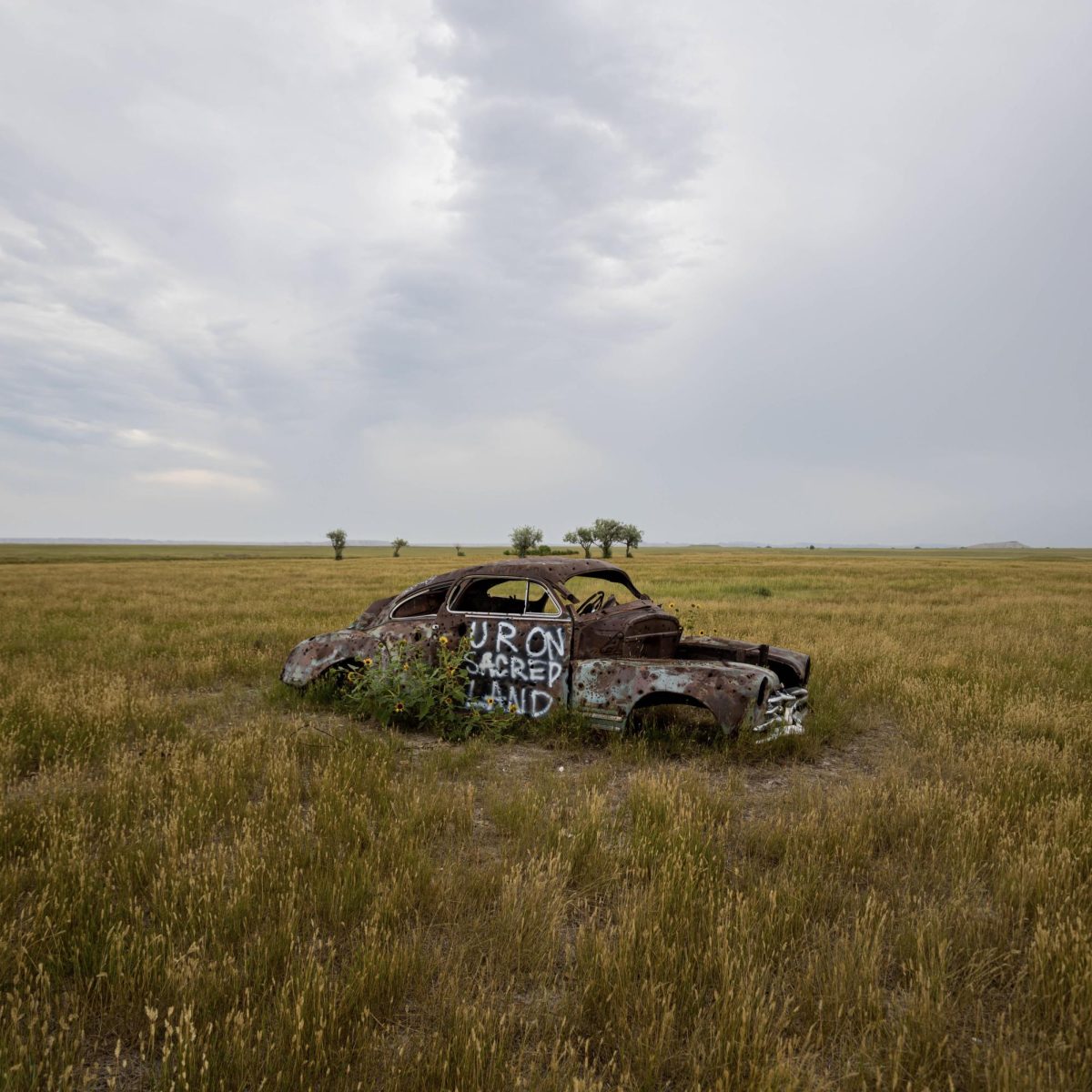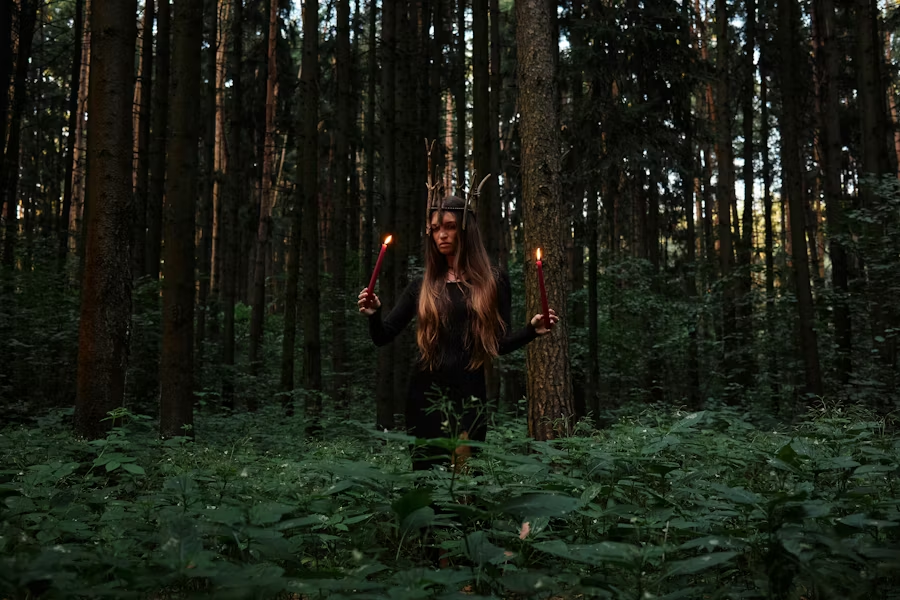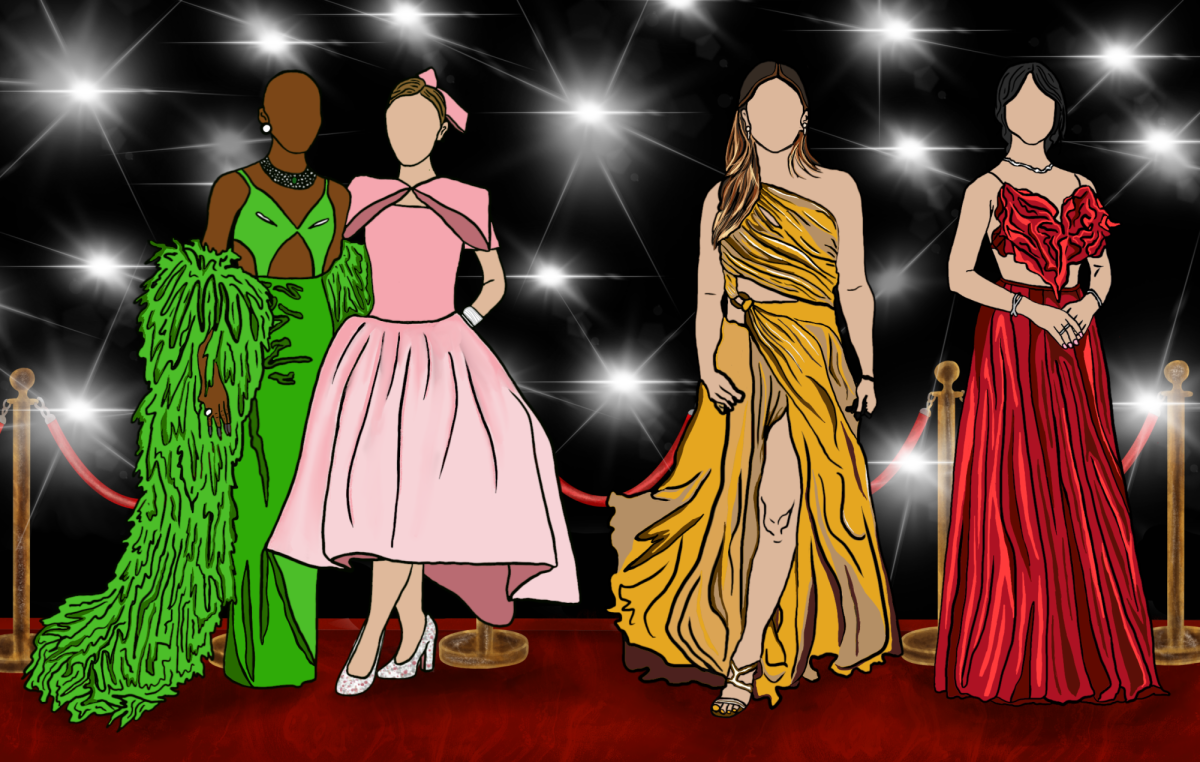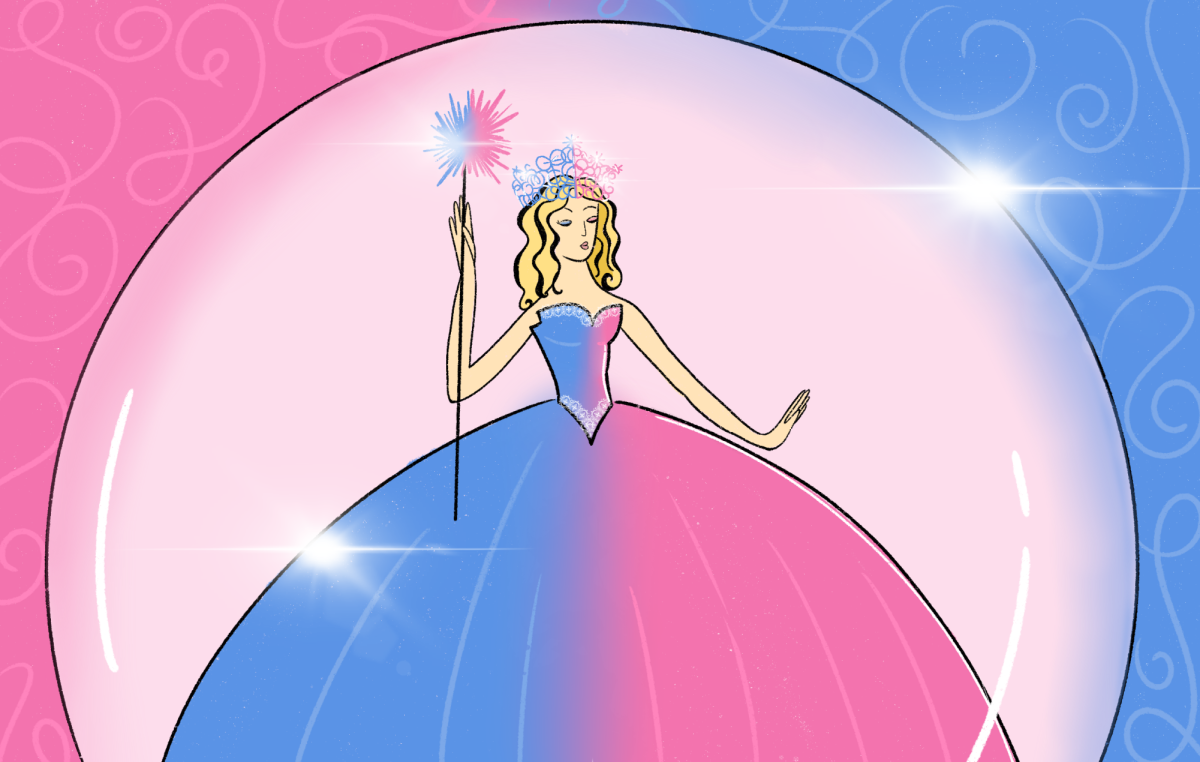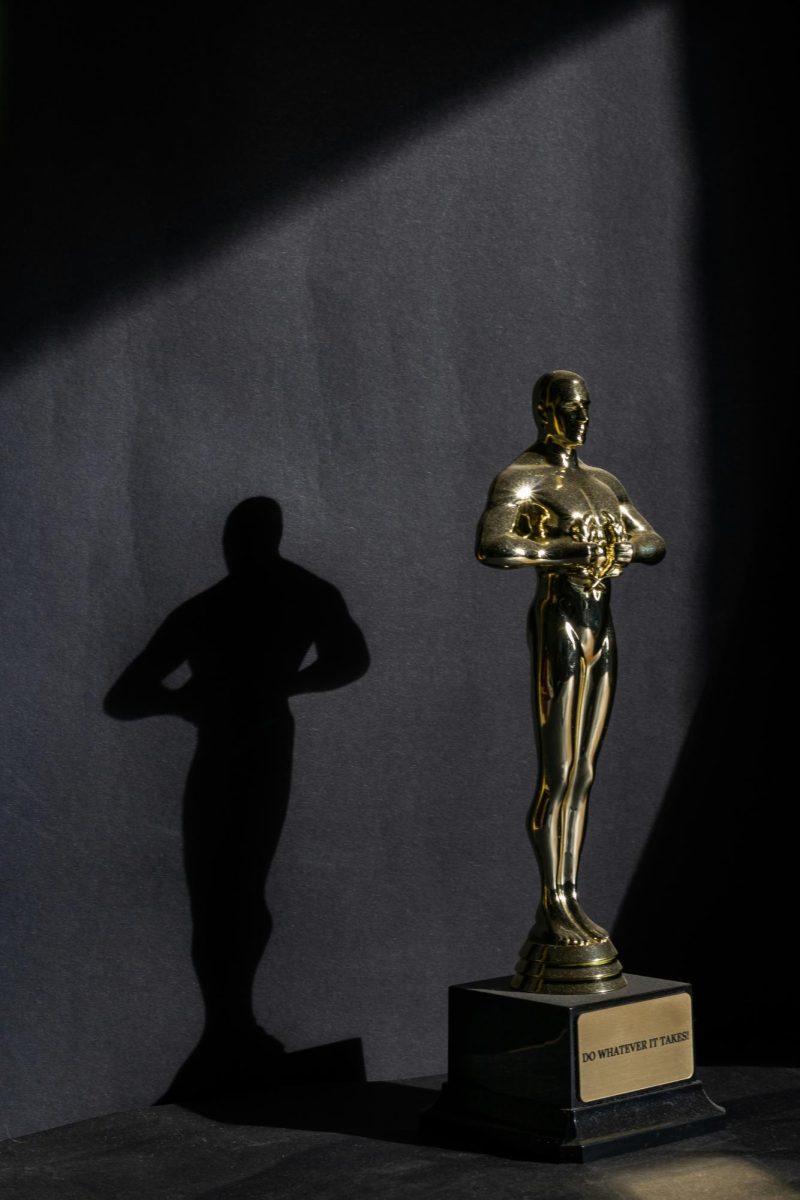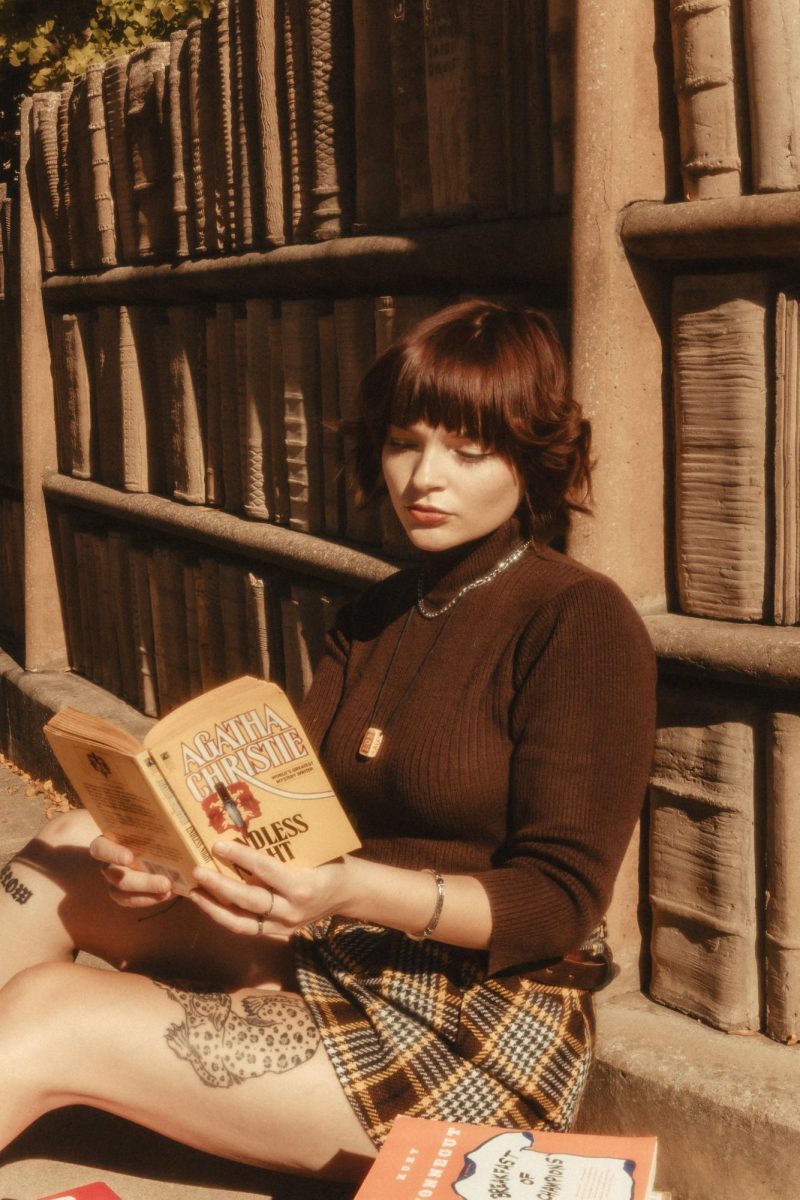Killers of the Flower Moon — a historical, true crime story, originally written by David Grann, was turned into a film that was released on October 20, 2023. It was much anticipated in part because of legendary filmmaker Martin Scorsese, as well as a star-studded cast. What was beyond the film’s face value and appeal is a deep-rooted story of real trauma. This film has been a platform to share the true history of some of the sacrifices and struggles in the Osage community, as well as honoring their culture and way of life.
It shares a true historical path of how a white man, and self-proclaimed “friend of the Osage nation,” ended up being a key figure in orchestrating and carrying out the mysterious, brutal murders of members of the Osage tribe in the 1920s. While its overarching screenplay depicts the murders of the Osage people, the film focuses on the developing relationship between an Osage woman, Mollie Kyle, played by Lily Gladstone, and white World War I veteran, Ernest Burkhart, played by Leonardo DiCaprio. Burkhart is the nephew of a wealthy businessman and rancher on Osage land, William K. Hale, played by Robert De Niro.
The film begins by sharing a time when the Osage were the richest people per capita in the world after the discovery of oil under their land. Ernest gets back from WWI and is now working as a driver assigned by his Uncle Hale and ends up driving Mollie. He then falls in love quickly and asks to marry Mollie in 1917. The couple has three children, and Mollie is soon diagnosed with diabetes. Over this time, Hale manipulates Burkhart into setting up and partaking in the murders of not only Mollie’s family, including all of her sisters and mother, but a total of almost 60 Osage people with the end goal of cashing in on the Osage’s oil headrights and life insurance policies.
While the story shares accuracy to the historical story, it also shares the authentic lives of what Osage people shared and attention to their cultural beings. In a press conference at the Cannes Film Festival this year, Lily Gladstone shares, “A lot of Osage women were marrying white men who really came to prey on them, to take over their headrights and seize their oil money. And yet, at the same time, what struck me was one scene in the initial draft we had, the real testimony of Ernest and Mollie, as he explains his part in this horrific plan. They still loved each other. That was the twisted complexity of what made this a truly dark American story.”
Beyond the film’s personal story, we look at the larger historical facts about the oil money and headrights. According to the Oklahoma Historical Society, “Under the Osage Allotment Act of 1906, all subsurface minerals within the Osage Nation Reservation (present Osage County, Oklahoma) were tribally owned and held in trust by the U.S. government. Osage mineral leases earned royalties that were paid to the tribe as a whole, with each allottee receiving one equal share, or headright, of the payments. A headright was hereditary and passed to a deceased allottee’s immediate legal heir(s). One did not have to be an Osage to inherit an Osage headright.” This means in this story, Ernest Burkhart would receive his wife’s headrights if she passed, even though he was not an Osage. The overarching premise is what, or who could, you sacrifice for greed and power. This is just one example of the major historical trial and tribulation of Native Americans having their land and rights taken away by white men.
While the story sheds light on the negative effects this had on Mollie and Ernest’s relationship, Time writer, Megan McClunsky, reported that Margie Burkahrt, the couple’s real-life granddaughter, “convinced him that their marriage should be the heart of the movie.” It can be argued that without love, where would the heart and soul of the film be placed? “We have to remember that Ernest loved Mollie, and Mollie loved Ernest,” Scorsese said during a press conference. “It’s a love story. So what happened was the script shifted that way and it became gritty.” The film shows Mollie standing by her husband until he confesses to his role in her family’s murders in court in 1926, as well as her finding out that Hale had ordered Ernest to “inject her with poison under the guise of administering an experimental new treatment.” While that was not shared in the film, Mollie later got remarried to a man named John Cobb. She died at the age of 50 in 1937.
Grann, the original author of “Killers of the Flower Moon,” shared with the Smithsonian Magazine, “I thought I was writing a book about this singular evil figure who had been apprehended by the FBI,…instead, I began to realize that this was less a story about who did it and who didn’t do it. It was really about a culture of killing and a culture of complicity…[with] many of these murders carried out by individuals who were profiting from this very corrupt system of targeting the Osage, often marrying into their families and then plotting to kill them to steal their oil money and inheritance.”
Whether it’s the delivery of legendary Martin Scorsese, who many argue was the only one who could’ve told such a story in a respectable, honorable way, or the actors who immersed themselves in the role, the most important takeaway is the honor of the Osage community. Shedding light on the truth of their history, and spreading the justice that they and so many other Native people deserve was crucial then, now and forever.
Support Student Media
Hi! I’m Annie Gleydura, A Magazine’s editor-in-chief. My staff and I are committed to bringing you the most important and entertaining news from the realms of fashion, beauty and culture. We are full-time students and hard-working journalists. While we get support from the student media fee and earned revenue such as advertising, both of those continue to decline. Your generous gift of any amount will help enhance our student experience as we grow into working professionals. Please go here to donate to A Magazine.

